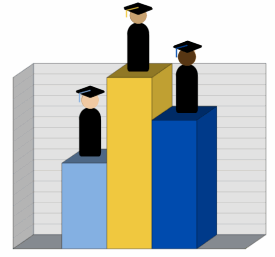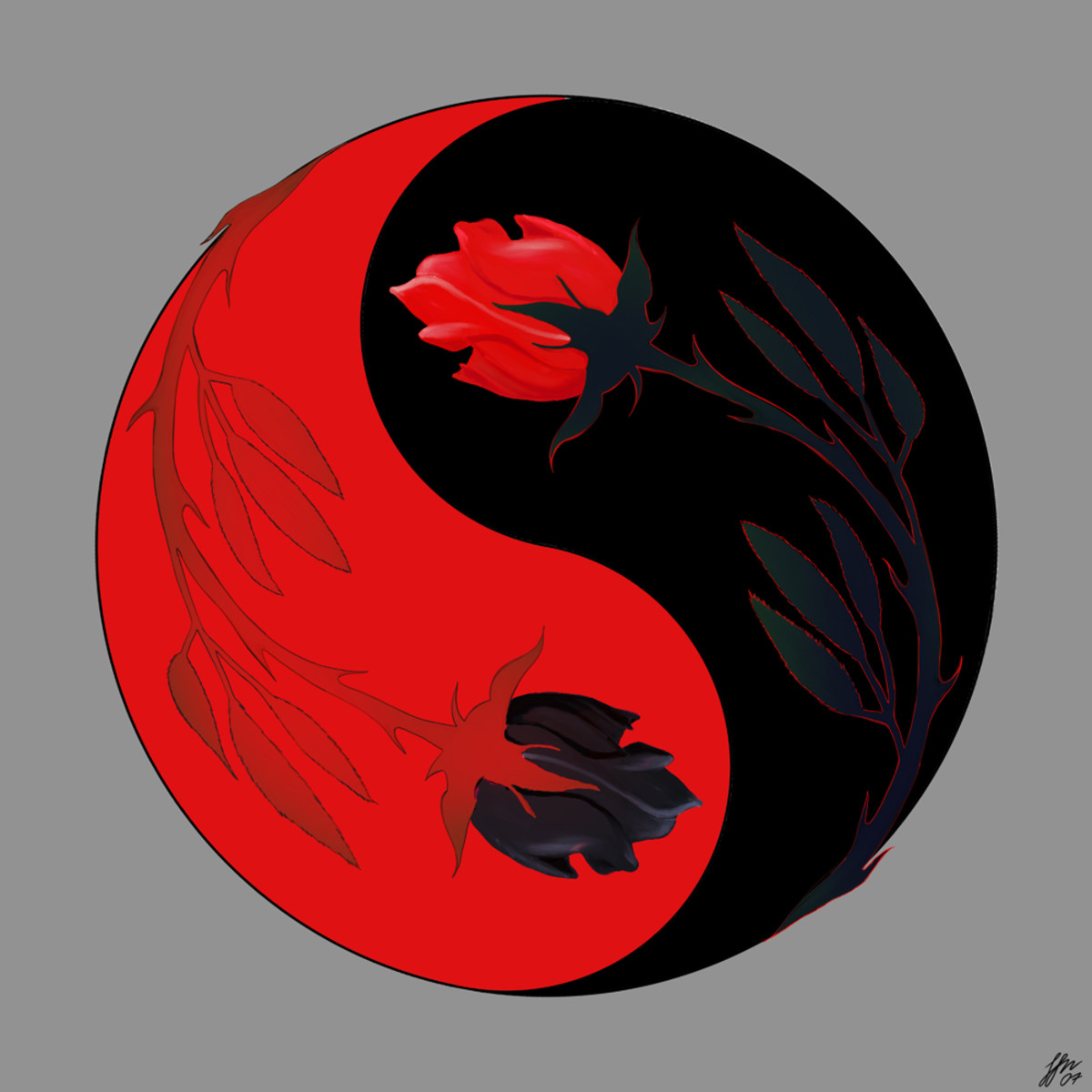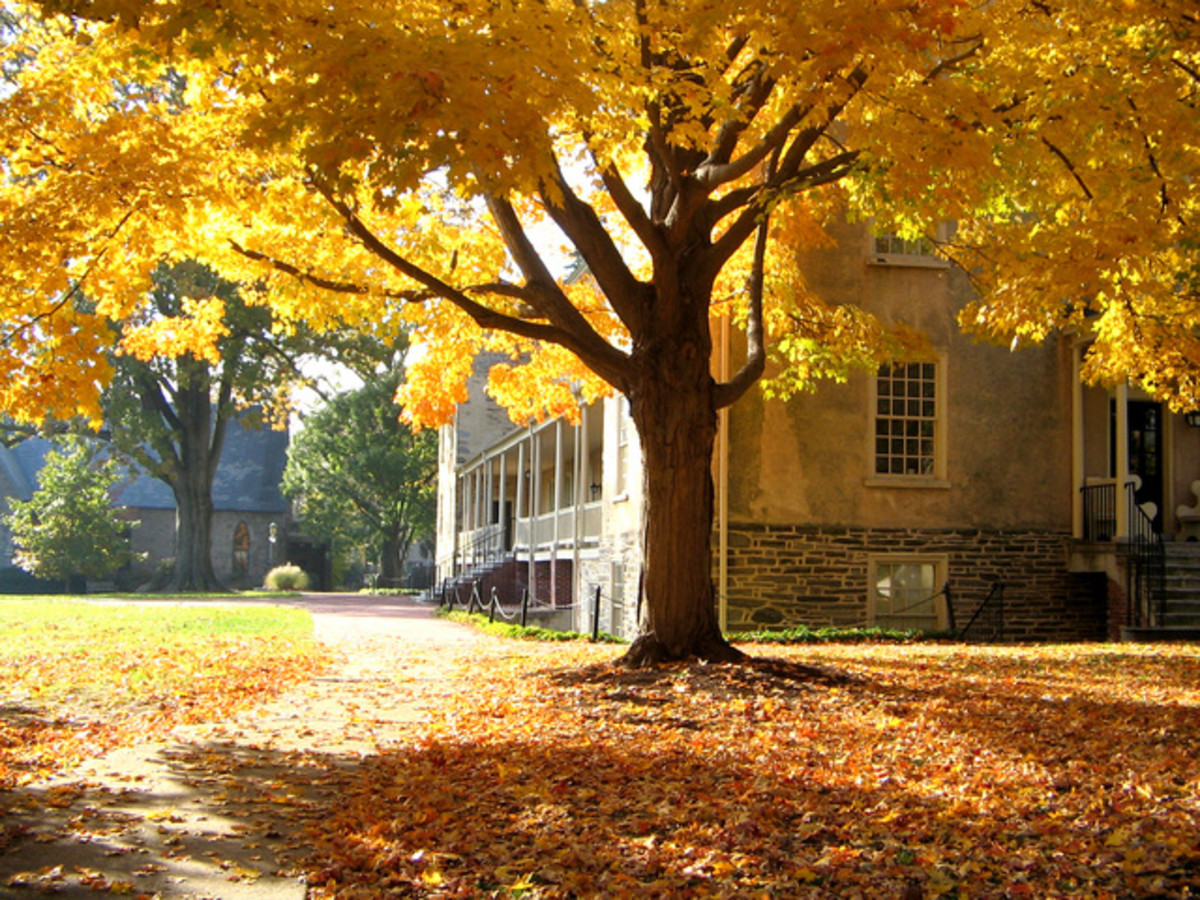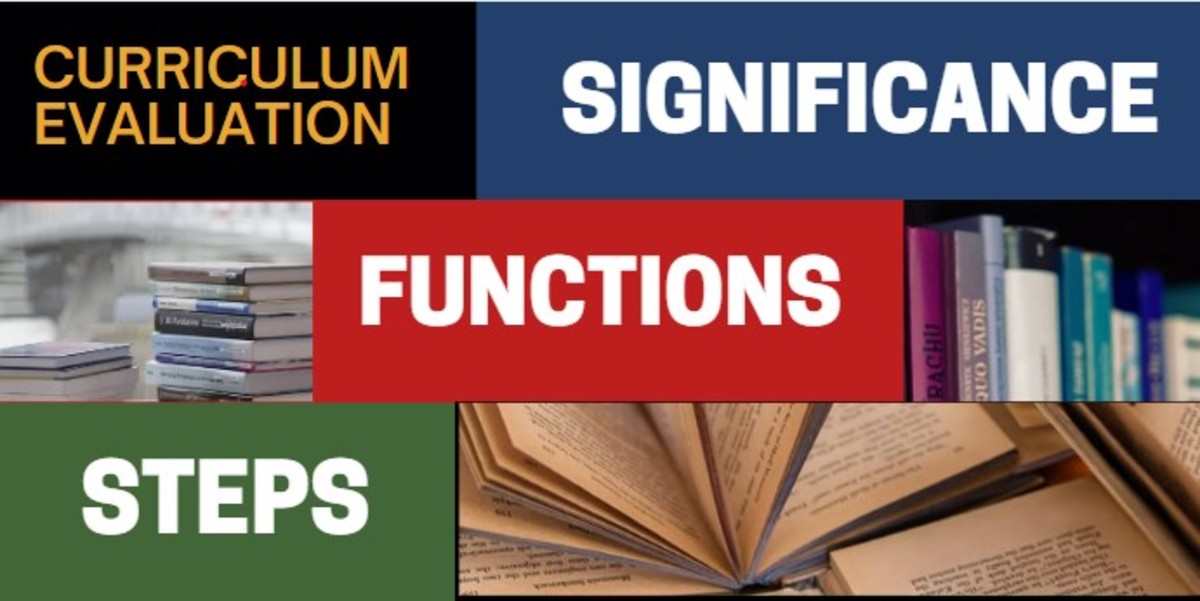How Do the U.S. News College Rankings Compare to Other Best College Lists?
After being asked recently to write an article on the top colleges in the United States, I became intrigued by the system of college rankings. While the U.S. News and World Report has long been regarded as the gospel of university rankings, it appears that in recent years they have undergone a bit of criticism regarding both their criteria and results.
Opponents of the U.S. News Report claim that the ranking methods are altered every year in order to change the rankings and thus sell more copies. Other critics contend that the U.S. News rankings do not accurately reflect quality of education, but rather size of endowments and name recognition.
Many colleges have publicly objected to the U.S. News rankings, including those who have typically scored well over the years. The list includes Reed College, Stanford University, Mount Holyoke College, St. John's College and MIT.

U.S. News Alternatives
In recent years, a host of other organizations, such as Forbes and the Princeton Review, have come forward with their own rankings lists. In addition, international rankings which include U.S. universities provide another alternative to the U.S. News list.
Each of these sources uses a different methodology to evaluate academics and education. Some place a higher value on student satisfaction, while others are more concerned with faculty credentials and production. Yet interestingly, the majority of these rankings seem to be listing the same schools in the top spots, just in different positions. Rather than an increasingly diverse educational listing, the big names are simply jockying for the coveted first through tenth place finishes, with a few sleeper candidates thrown into the mix.
Comparison
Just out of curiosity, I decided to see just how U.S. News stacks up to the rest of the pack. Since no ranking system, as of yet, has emerged as the prime competitor to U.S. News, I compiled a combined average of major rankings groups excluding U.S. News.
By assigning a point value to each placement in the top 20 on one of ten lists, I came up with an overall score for each school. The schools that rose to the top were ones that consistently did well across the board. The ranking community outside of the Times generally seems to be able to come to a consensus on who the best schools are.
The following ranking lists were included in the average:
- Forbes
- Wall Street Journal
- The Center for Measuring University Performance
- Times Higher Education (THE)
- Academic Ranking of World Universities (ARWU)
- Washington Monthly
- The Consus Group
- Ordo Ludus College Rankings
- Newsweek
- The Global Language Monitor
And the results are...
Top U.S. Colleges by Average Ranking Compared to the 2011 U.S. News Ranking
Rank
| Average Rank
| U.S. News Rank
|
|---|---|---|
1
| Stanford
| Harvard
|
2
| Harvard
| Princeton
|
3
| Massachusetts Institute of Technology
| Yale
|
4
| Yale
| Columbia
|
5
| Princeton
| Stanford (5)
|
6
| Columbia
| University of Pennsylvania (5)
|
7
| University of California - Berkeley
| California Institute of Technology (7)
|
8
| UCLA
| MIT (7)
|
9
| California Insutiture of Technology
| Dartmouth (9)
|
10
| University of Michigan - Ann Arbor
| Duke (9)
|
11
| University of Chicago
| University of Chicago (9)
|
12
| Duke
| Northwestern
|
13
| University of Pennsylvania
| Johns Hopkins (13)
|
14
| Williams
| Washington in St. Louis (13)
|
15
| Dartmouth
| Brown (15)
|
Cornell (15)
|
Notes
- The U.S. News rankings seems to have a large amount of ties. The numbers after the school name refer to their rank with ties factored in.
- All of the schools on the combined list, except Williams and Dartmouth had a top twenty rank for at least six of the ten rankings included in the average.
- Williams and Dartmouth each scored in the top twenty on four lists.
- Close finishers for the combined list: Amherst, Cornell and the University of California - San Diego.








